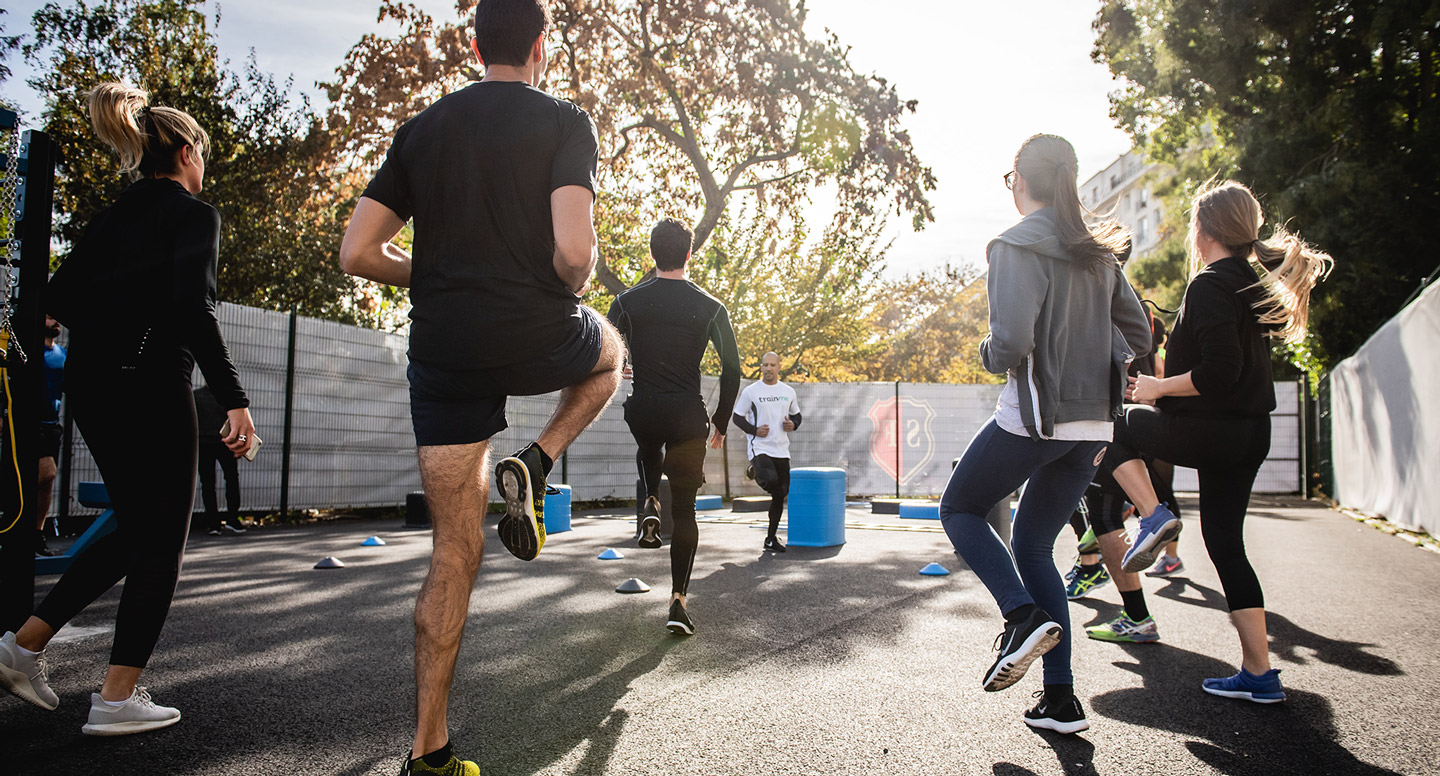[vc_row padding_top_multiplier=”” padding_bottom_multiplier=””][vc_column css=”.vc_custom_1515535628663{margin-top: -10px !important;padding-top: -10px !important;}”][movedo_social social_email=”yes” social_facebook=”yes” social_twitter=”yes” social_linkedin=”yes” social_reddit=”yes” icon_size=”small” icon_color=”grey” align=”center”][movedo_empty_space][/vc_column][/vc_row][vc_row padding_top_multiplier=””][vc_column][vc_column_text]To say the global wellness industry is healthy would be an understatement. The 3.7 trillion dollar market is as active as ever and shows no signs of slowing down. More and more consumers are shifting their mindset from a past time of wellness to a full-time state of wellbeing. While the words seem interchangeable, it’s the holistic approach to a whole-life experience that we think will further have a meaningful impact on the industry. Here’s a look at a few of the trends with momentum.[/vc_column_text][/vc_column][/vc_row][vc_row padding_top_multiplier=””][vc_column][vc_column_text]
Meal planning is a thing. For consumers with an active lifestyle they’re not just thinking about what will I eat today, but what will I eat all week long. This new food planning mentality naturally leads to more frequent trips to the store or tapping into today’s grocery delivery boom. Bottom line, a generic list of essentials has been replaced with even more thoughtful strategic decisions.
Beyond the basics. Assisted dietary planning tools help create customized plans for you rather than just eating the typical prescribed food pyramid. Are you gluten free or need to stick to a high protein/carb diet for training, no problem. How we eat is a whole lot less basic and creates and opportunity for brands to lead in terms of education and advisory.[/vc_column_text][/vc_column][/vc_row][vc_row padding_top_multiplier=”” columns_gap=”15″][vc_column][movedo_single_image image=”31623″][/vc_column][/vc_row][vc_row padding_top_multiplier=””][vc_column][vc_column_text]Tried and true staples almost seem like a thing of the past. Research is constantly exposing new foods and ingredients for better health (inside and out), making product and food innovations constant and critical. This creates tight competition for R&D development and getting products to market. If you’re just now discovering the benefits of activated charcoal, you’ve missed the boat. Consumers are constantly switching up brands for the next best.
Consumers are looking for enhancements not replacements. Taking a note from Dirty Lemon, the brand crafted a whole product line, not to force individuals to ONLY consume its healthy beverages, but to augment everyday items, like coffee and tea, AND add benefits. It’s a shift from looking at things in terms of temporary consumption, but those moments of ritual to intersect and provide benefit.
We use to just buy products, and rather than reading a label we just trusted what was inside. Transparency might feel like an overused word, but consumers are more educated than ever, so the fine print matters! Products like RX Bar with their no BS approach are resonating with consumers because of the straightforward approach and capability to keep things simple! Healthy does not have to be complicated.
[/vc_column_text][/vc_column][/vc_row][vc_row padding_top_multiplier=”” columns_gap=”15″][vc_column][movedo_single_image image=”31625″][/vc_column][/vc_row][vc_row padding_top_multiplier=””][vc_column][vc_column_text]When talking about wellness, a common thing that comes to mind are the plethora of gadgets and gizmos that people are tracking their fitness, from FitBits to the Apple Watch…. life is an ALL day activity. But new considerations are coming into play. People are monitoring their sleep with apps like Sleep Cycle and creating moments of clarity during the day with apps like Calm. Active and elements of inactivity become an equal playing field in overall health and wellness.
We use to live in an era where active happened before the 9-5, but in a world of individuals (especially Millennials) striving for work-life balance, consumers are now seeking opportunities to add active during the day. Whether that’s access to a gym as one of your non-traditional health benefits, work organized yoga sessions, or even standup desks and balance balls, employers are recognizing healthy associates lead to healthy staff mindset.
Groups like Weight Watchers (although making a recent shift) are taking a backseat to everyday coaching. Online trainers are creating communities with individuals and creating plans for their “tribes” across the US not just in a local community. Where accountability used to be individual and checked in on a chart, it’s now socially shared… the good, the bad and the ugly. And it’s starting a new cycle of empowerment where the everyday mom or dad, teacher, etc. are now leading others forward after reaching their own goals.
[/vc_column_text][/vc_column][/vc_row][vc_row padding_top_multiplier=””][vc_column][vc_column_text]Fashion with function is just expected. Athletic brands like Feetures and Balega aren’t just creating generic running socks, instead they’re creating a sock for your left foot and a sock for your right foot (literally they’re labeled L and R), and varying levels of comfort. The niche nuances to performance wear will not end. It will only continue to focus on those micro-elements of activity for innovation.
Vacation and travel use to be about escape, but now consumers are looking for adventures that incorporate their active lifestyle. They’re making self-care a priority and the tourism industry is prospering from this new need to maintain a routine of fitness. Whether it’s getting life back on track with a restorative retreat or taking on challenges and goals while traveling, there’s a greater concentration and focus on the objective of improving personal health.
Maintaining an active lifestyle is more than just about the numbers on the scale or physical appearance, consumers today are more dialed in than ever and taking a personal and proactive role in their healthcare. From understanding hereditary factors to making adjustments by age or managing an ailment with diet, consumers are looking for functional foods with benefits.
[/vc_column_text][/vc_column][/vc_row][vc_row padding_top_multiplier=””][vc_column][vc_column_text]Balance over cheat days. “Eat This, Not That” started the way. Turns out, you can be happy, healthy, and active without sacrificing until indulgence. Access, information, and education are making everything available for substitution.
Forget the fads. The focus is less on quick fixes and more on the incremental moments to make a difference and that includes dining. It’s more than just nutrition transparency, and counting calories, consumers are looking for places to eat that have an even deeper level of focus on the nutritional benefits of food consumption, and that means fresh foods, less processed, and traceability.[/vc_column_text][movedo_divider padding_top=”40″ padding_bottom=”40″][/vc_column][/vc_row]





